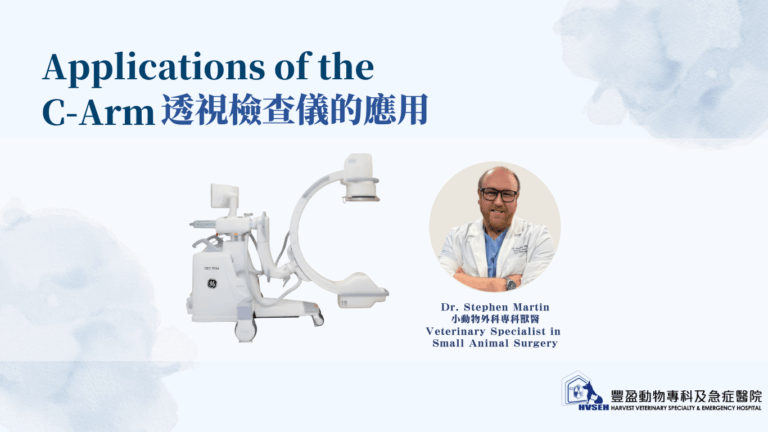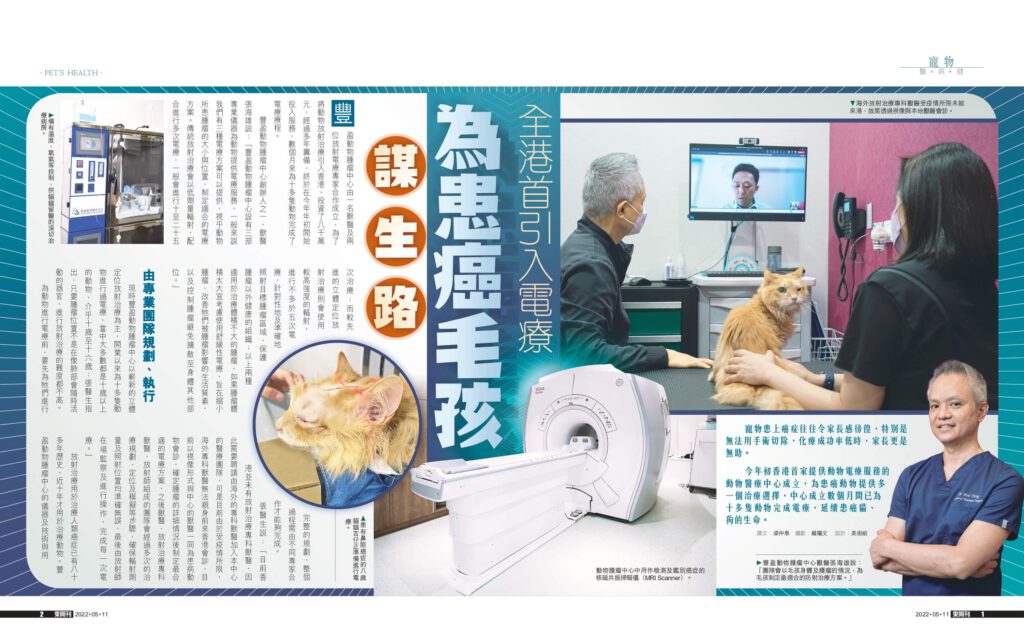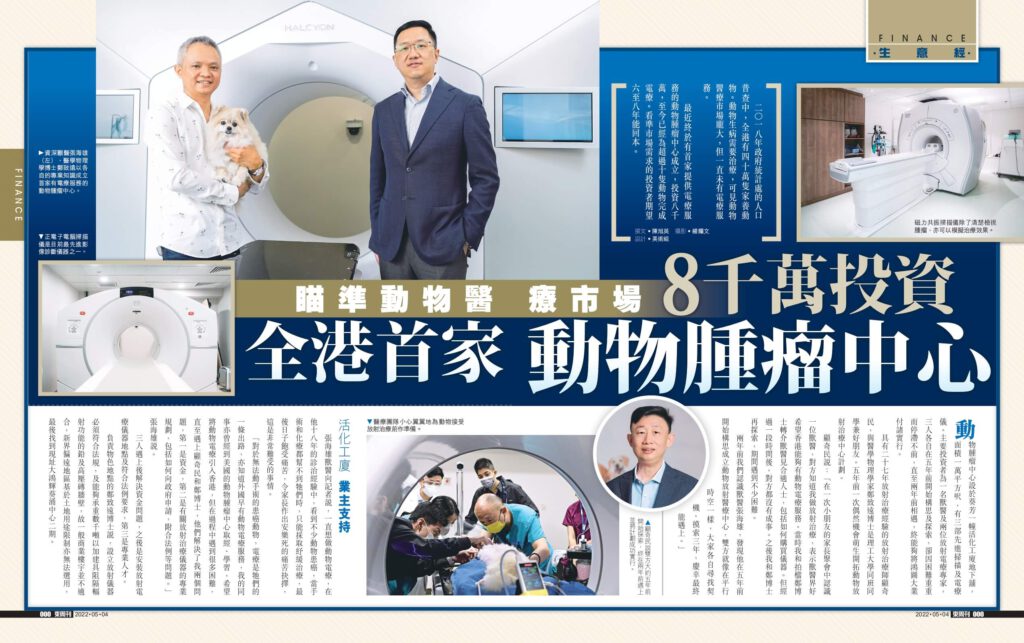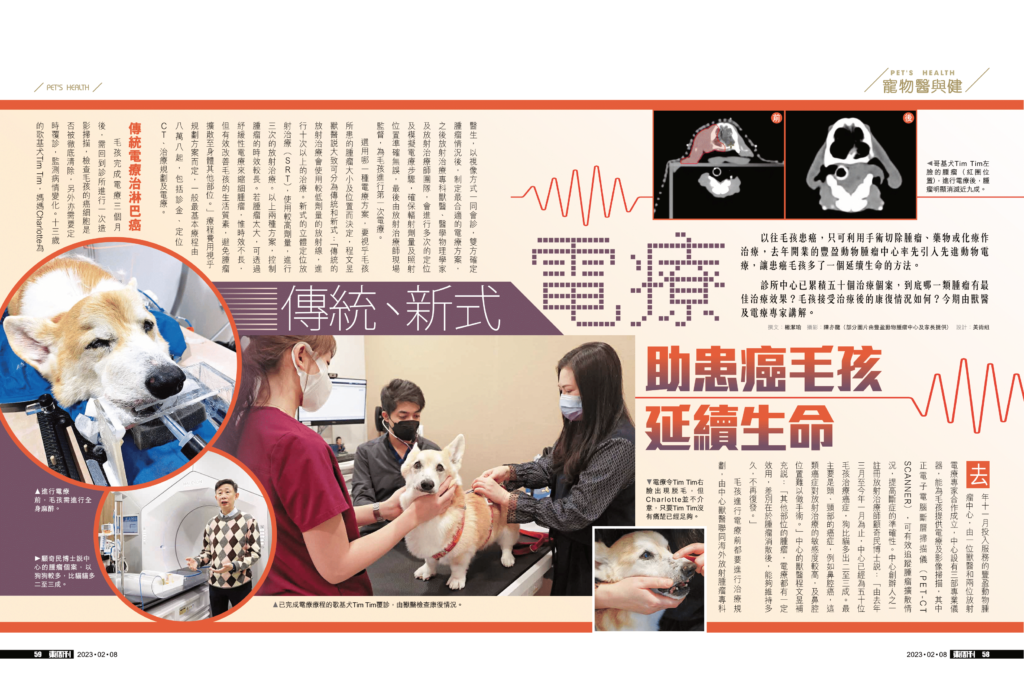
The C-Arm fluoroscopy machine (commonly called a ‘C-Arm’) significantly improves surgical success rates while minimizing trauma in animal patients. Our Small Animal Surgery Specialist, Dr. Stephen Martin, shared the value of the C-Arm’s real-time imaging capabilities, particularly in orthopedic procedures, soft tissue surgeries, and interventional cardiology.
1. Orthopaedic Surgery
Dr.Stephen said fluoroscopy is widely used in veterinary orthopaedics for the evaluation and treatment of fractures, joint disorders, and spinal conditions. It allows surgeons to visualize bone alignment, implant placement, and joint mobility in real-time. This ensures accurate reduction of fractures and precise positioning of implants, making it especially useful in minimally invasive procedures where fluoroscopy guides surgical instruments, so that extensive surgical exposure is avoided.
2. Soft Tissue Surgery
In soft tissue surgery, fluoroscopy aids in procedures involving the gastrointestinal, respiratory, and urinary systems. It assists veterinarians in diagnosing and treating esophageal obstructions, tracheal collapse, or urethral blockages, and it also enables veterinarians to monitor the flow of contrast agents, identify strictures or foreign bodies, and guide the placement of stents or catheters with minimal invasiveness. At HVSEH, fluoroscopy is most frequently used in the investigation and treatment of biliary disease, allowing detailed evaluation of the biliary tract and gallbladder.
3. Interventional Cardiology
Fluoroscopy is indispensable in veterinary interventional cardiology for diagnosing and treating congenital and acquired heart diseases. It facilitates procedures such as patent ductus arteriosus (PDA) occlusion, balloon valvuloplasty, and pacemaker implantation. By providing real-time visualization of cardiac structures and catheter movements, fluoroscopy ensures precise device deployment and reduces the risk of complications.






